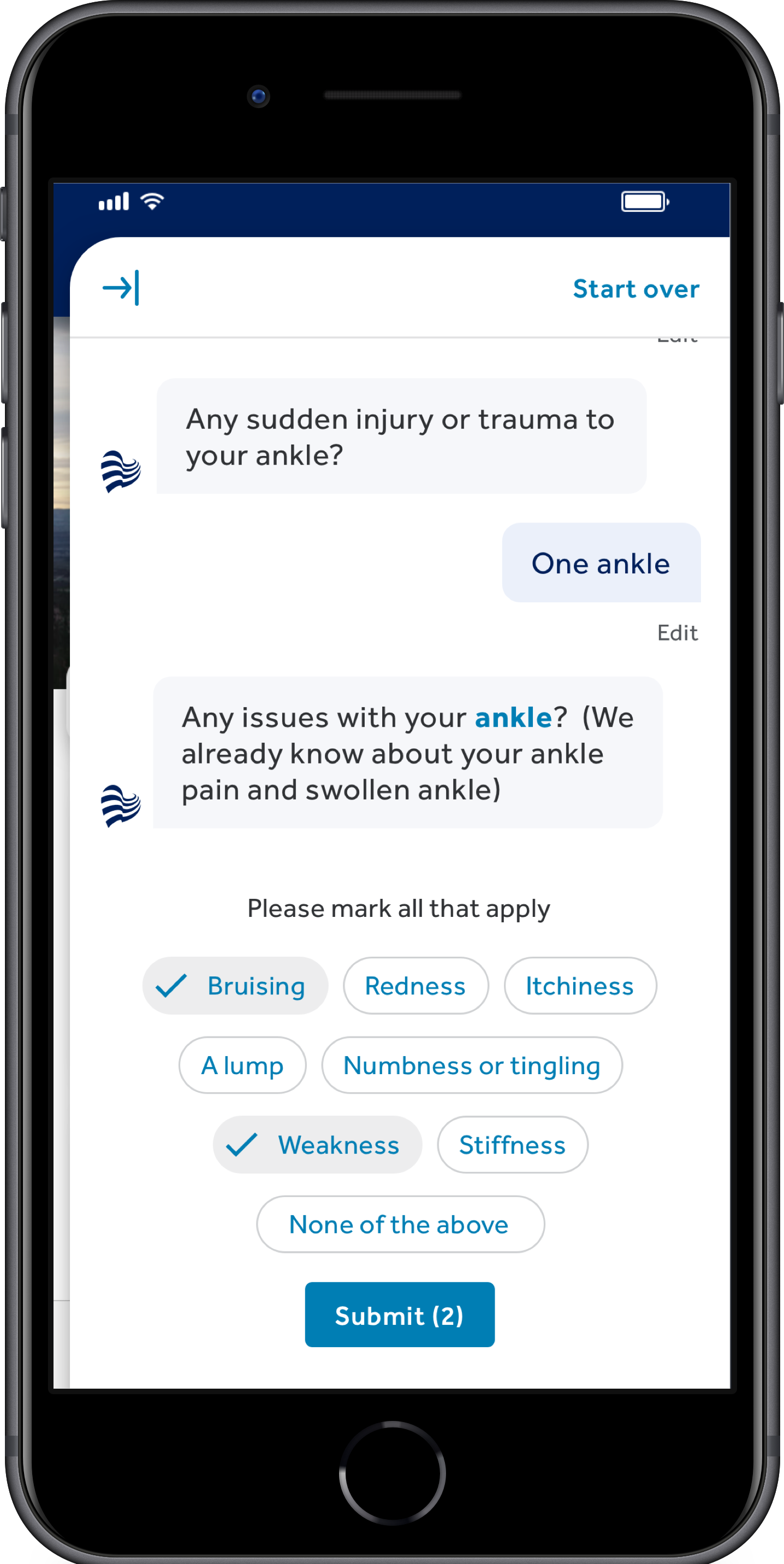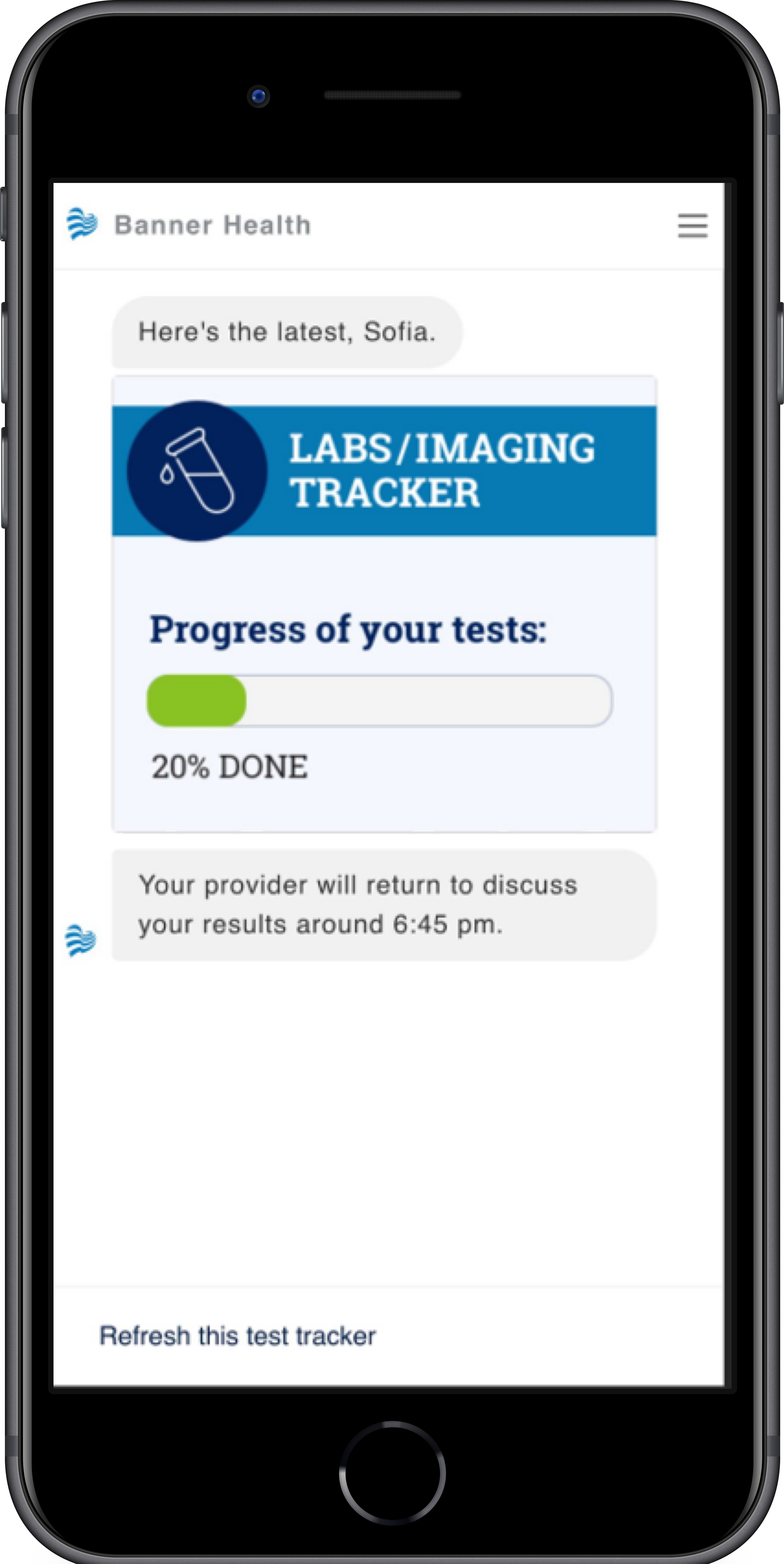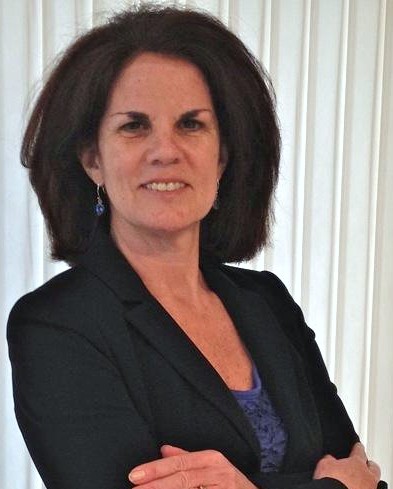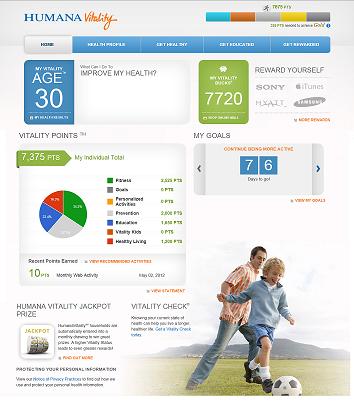 Buoy Health AI triage botTrue to their mission “Making health care easier, so life can be better”, Banner Health has invested in digital health technologies to support their patient experience.
Buoy Health AI triage botTrue to their mission “Making health care easier, so life can be better”, Banner Health has invested in digital health technologies to support their patient experience.
Banner Health, a large regional health care system headquartered in Phoenix, manages 28 acute hospitals across 6 western states, with 5,000+ Banner Health doctors and specialists and over 50 urgent care centers.
Given trends towards consumerism and digital health usage, Banner understands that many patients begin their care journey with internet searches, at a time when these patients feel sick and most vulnerable. Sorting through search responses, patients have the burden of finding trusted health information, interpreting what they need and figuring out where to go to address their latest health issue. Unfortunately the default care setting for patients in the United States is the emergency room, which results in $32 billion in annual avoidable ED visits.
Banner Health Triage Bot
When Banner’s Digital Business group looked for potential solutions, they wanted to understand the patient’s journey and explore digital solutions to complement their high touch hospital experience.
“Through research, we learned that our patients often do not know what is causing their symptoms or what to do about it. They do not know whether to go see their primary care doctor, visit an urgent care facility or go directly to the hospital ER”, explains Dr. Jeff Johnson, Banner Health’s Vice President of Innovation and Digital Business.
With their commitment to delivering both a superior patient experience and reduce unnecessary spending, Banner has tested the idea of empowering customers with a digital tool containing clinical content to engage and triage them to the right care setting.
During the fall of 2019, Banner Health evaluated different digital triage tools and selected Buoy Health’s AI assisted chat bot after both an internal clinical leadership evaluation and patient testing for value and desirability.
As part of their solution evaluation, Banner recruited patients who had gone to a doctor, ER or Urgent Care in the last 30 days and asked them to think about the symptoms that had driven their visit while testing several digital triaging tools.
“Our patients commented that the Buoy bot was ‘easy to use’ and they liked not having to log in to use it. Patients felt the bot interaction was also ‘easy to understand’ and was ‘credible’. These patients did not ‘second guess’ the information that they received in the bot exchange”, shares Johnson.
While preparing for the launch, Banner worked closely with their clinical team, informing them about the triage tool and how it works. If the patient mentions using the bot, Banner wanted clinicians to be aware of the digital tool, acknowledge that the patient had invested time into learning about her condition before arriving and recognize that it is part of the Banner patient experience.
In early January, Banner soft launched the Buoy Health bot across all 28-hospitals with a “Get Care Now” link on their website, giving customers the option of interacting with this tool or calling their Nurse on Call.
After clicking on the “Get Health Now” button, patients are asked questions about their profile (e.g. gender, age) and specific symptoms (e.g. which ones, how long, better/same/worse than before). Banner likes that the bot gets smarter with each patient interaction. Since the Buoy digital tool is available to consumers on the internet and patients across different health care systems, this bot has over 3 million interactions per month.
To evaluate this digital tool, Banner gathers feedback from patients about their bot interaction. Specifically the “Buoy bot askes the patient at the end of an exchange to rate the experience and share what she plans to do next (e.g. wait and see, doctor, urgent care, ER). So far we have received excellent star ratings for the tool, 4.7 out of 5”, adds Johnson.
“Working closely with Buoy, we have learned about the patient’s expectations for their experience with this type of digital tool. The bot exchange cannot be too short so that the patient doesn’t trust the responses. And the text exchange cannot be too long so that the patient feels the tool doesn’t know what it is doing”, Johnson comments.
Banner’s Digital Business team is looking closely at bot tool usage and feedback to guide further development. The bot reporting will give them insight into which care setting patients were directed, what questions they asked and which symptoms and conditions were discussed in the exchange with the patient.
In the first 3 weeks after launch, the Buoy triage bot has had 1,200+ users. Moving beyond the soft launch, Banner plans to incorporate the triage bot in their mobile app and to promote it as an option when patients call the Ask the Nurse line. Banner is discussing developing a Triage Summary Report which captures the information that the patient has already provided to share with her doctor. Banner is also looking to expand care settings to include directing the patient to a virtual visit in the right situation.
Banner Health Emergency Department (ED) Bot
 Lifelink ED chabot
Lifelink ED chabot
Like many of the ER experiences across the country, Banner Health patients want more information and communication about what is happening and what will be happening next to adjust their expectations.
The Banner Health team brainstormed about how to help patients get the information that they need throughout their visit without having to trying to find their doctor, walk up to the nurses station or wait for the nurse to come to their room.
Johnson shares that “we found an interesting chatbot solution from a start- up, Lifelink. We started slowly by having patients use the bot on their smart phones while in the ED and we manually responded to their questions. This gave us tremendous insight into what patients wanted to know and when. Based on this insight, we designed the chatbot (available both in English and Spanish) to give the patient a status from the time her labs (or images) are ordered to the time they are ready and then reviewed by her doctor. We needed to set expectations that the lab will take 45 mins before it is done. In order to enable these real time updates on labs and images, we integrated the LifeLink bot into our EMR. We promote that the patient signs up to our patient portal to access all of the notes, labs and images from her ED visit”.
Since the ED bot was rolled out across all 28 Banner Hospitals, there are over 100,000 patient users, one million plus conversations with an average of 5-10 conversations with the bot per person.
“We have seen our patient satisfaction score for our EDs increase by up to 35%. This ED bot is such a satisfier”, Johnson explains. “Here are some patient comments about the value of using our ED bot”:
“It was nice to be given updates instead of just sitting in a chair and waiting for someone to get to me.”
“It gave me updates on my progress without bothering the nurses.”
“Very informative, relieved my husband’s worries by 90%”
In the near future, Banner Health is planning to “connect the dots” and engage the patient from the moment of interest and throughout their care journey. “We are looking to begin at the first part of the journey when the patient goes online to let us know that they are coming to the ED. Our ED bot will let the patient know that ‘we will be waiting for her’, provide map, picture of the entrance and parking directions. We also want to have the ED bot support the patient post discharge, reminding her to fill her medication, the date of her follow up visit, signs of what to look for and where to go if there is a relapse”, Johnson explains.
Later in this year, Banner Health is planning to extend the bot to inpatient care, with the goals of helping the patient get the highest outcomes and reducing their length of stay. This inpatient bot project is part of a bigger ‘patient flow’ initiative. Banner wants to get patient’s engaged at the beginning of their stay for a successful discharge. The bot will give guidance and recommendations so that the patient improves her eating, walking and bowel movement activities. Banner is also exploring ways to engage the family/care network to ensure an optimal recovery.
 chatbot,
chatbot,  mobile health and wellness texting,
mobile health and wellness texting,  online health and wellness support,
online health and wellness support,  research on consumer health in
research on consumer health in  AI,
AI,  AI consumer engagement,
AI consumer engagement,  Decision support,
Decision support,  Mobile Health,
Mobile Health,  Patient Engagement,
Patient Engagement,  Patient Experience,
Patient Experience,  Patient Journey,
Patient Journey,  Personalization eHealth,
Personalization eHealth,  digital health,
digital health,  patient health education
patient health education 







